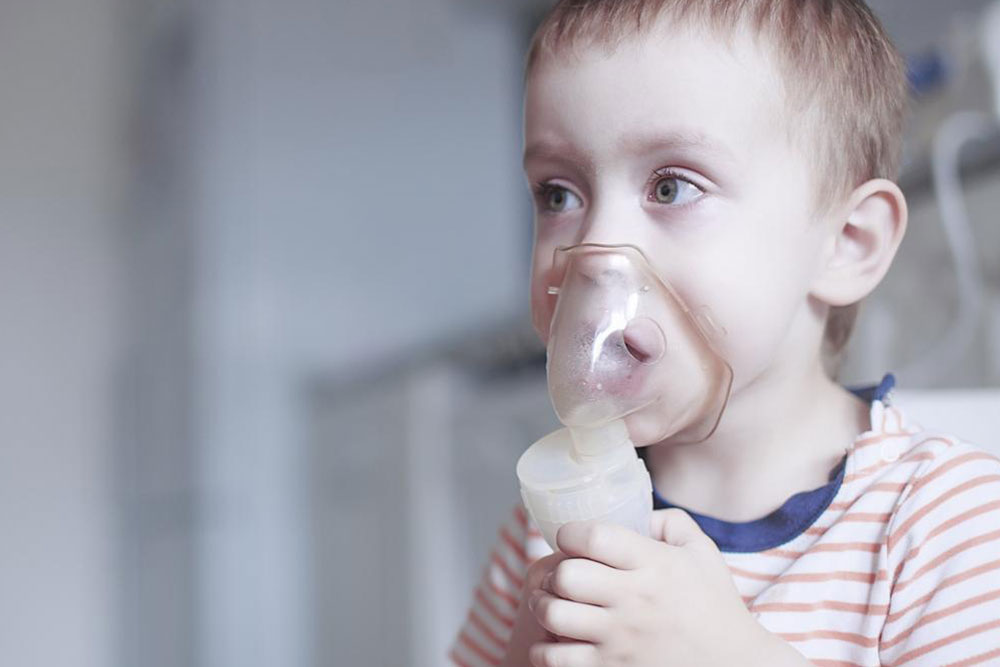Comprehensive Guide to Building a Successful Phlebotomy Profession
Learn how to launch a successful career in phlebotomy with this comprehensive guide. Discover job roles, earning potential, certifications, and essential steps to enter this growing healthcare field. Ideal for aspiring blood collection specialists seeking flexible roles across various medical settings.

Key Tips for Starting a Career in Phlebotomy
In recent years, the healthcare sector has experienced a significant rise in demand for trained phlebotomists. Career opportunities are available across hospitals, clinics, research labs, and blood banks, offering competitive salaries and flexible hours. Whether you're interested in full-time, part-time, or travel assignments, qualified professionals are highly sought after. Before diving into this field, it’s essential to understand job responsibilities, expected wages, and certification requirements.
A phlebotomist, also known as a blood collection technician, plays a vital role in patient diagnostics by drawing blood specimens for laboratory analysis. These samples support medical diagnoses, treatment decisions, and medication management. They may assist in blood drives or transfusions, explain procedures to patients, monitor vital signs, label samples accurately, and maintain sterile conditions. Other responsibilities include:
Updating patient records
Managing documentation
Ordering and organizing supplies
Preparing work areas
Career Opportunities for Phlebotomists
Phlebotomists find employment in hospitals, outpatient clinics, laboratories, research centers, blood donation centers, nursing homes, community health agencies, and private practices. The US Bureau of Labor Statistics forecasts a 10% growth in this field between 2021 and 2031, with roughly 19,000 job openings annually.
Average Salary for Phlebotomists
According to BLS data, the typical yearly wage is approximately $38,000. Earnings can vary based on location, experience, and credentials. For example:
Outpatient facilities – around $38,220
Diagnostic labs – approximately $38,040
Physician offices – about $36,410
Hospitals – near $36,980
Ambulatory health services – roughly $35,360
Higher salaries are often available in hospitals, government labs, and skilled nursing facilities. Traveling phlebotomists can earn between $30,000 and $47,000 annually, with benefits like travel stipends included. Compensation depends on experience and employer policies.
How to Become a Phlebotomist
Starting a career in phlebotomy involves completing an accredited training program. Some states also require certification to practice. Follow these steps:
Enroll in a recognized phlebotomy training course, which typically requires a high school diploma or equivalent, CPR certification, background check, and immunization records.
Complete about a year of classroom and practical training, including at least 40 hours of hands-on experience. The coursework covers blood collection techniques, safety procedures, labeling, and sample handling.
Acquire certification, which, while not always essential, enhances job prospects. Certifications issued by bodies like NCCT, ASCP, and AMT demonstrate proficiency and can lead to higher pay.
Certification and Licensing Considerations
Depending on the state, certification might be mandatory, especially for performing venipuncture or arterial draws. Passing recognized exams opens doors to more opportunities and increases earning potential.
Continuing Education and Certification Renewal
To maintain certifications or advance in the field, phlebotomists should pursue ongoing education to stay current with evolving best practices and comply with state licensing requirements.
Note:
This overview offers general guidance for entering the field of phlebotomy. Specific licensing laws and certification requirements vary by location. Always verify local regulations for the most accurate information. This content is intended for educational purposes and should be checked against local standards.


